
Once a symbol of cultural richness and architectural brilliance, the Mosul Cultural Museum, designed by Iraqi Modernist Mohamed Makiya in the 1960s, faced the harrowing ravages of time and conflict. Yet, amidst the wreckage, a collective effort by international organizations has ignited a beacon of hope for its restoration and revival. The museum's halls once housed invaluable Assyrian antiquities, treasures from the ancient city of Hatra, and relics from medieval Mosul.
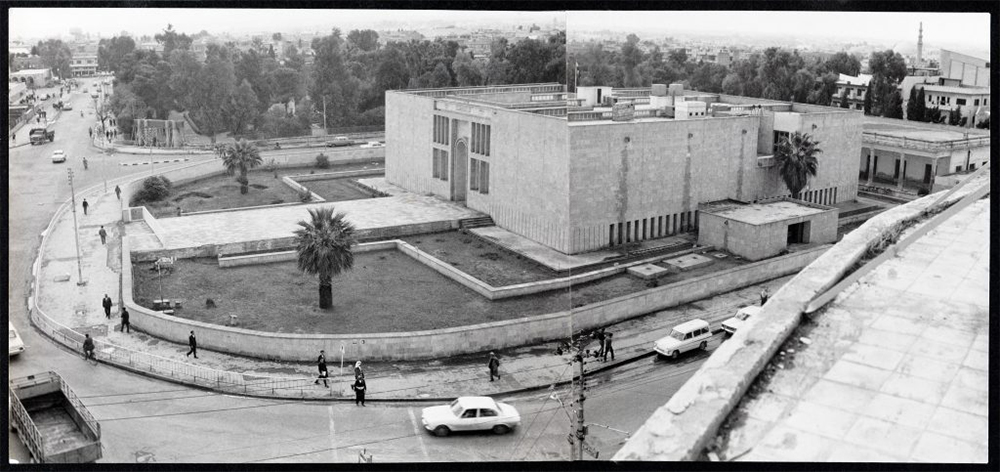
The famed Mosul Cultural Museum was renowned for its treasures, including the monumental lion statue from Nimrud, which stood sentinel over the Assyrian Empire; the throne of Ashurnasirpal II, one of the empire's kings; and a staggering collection of over 28,000 rare manuscripts and books. Tragically, many of these artifacts were looted, damaged, or obliterated during years of conflict.
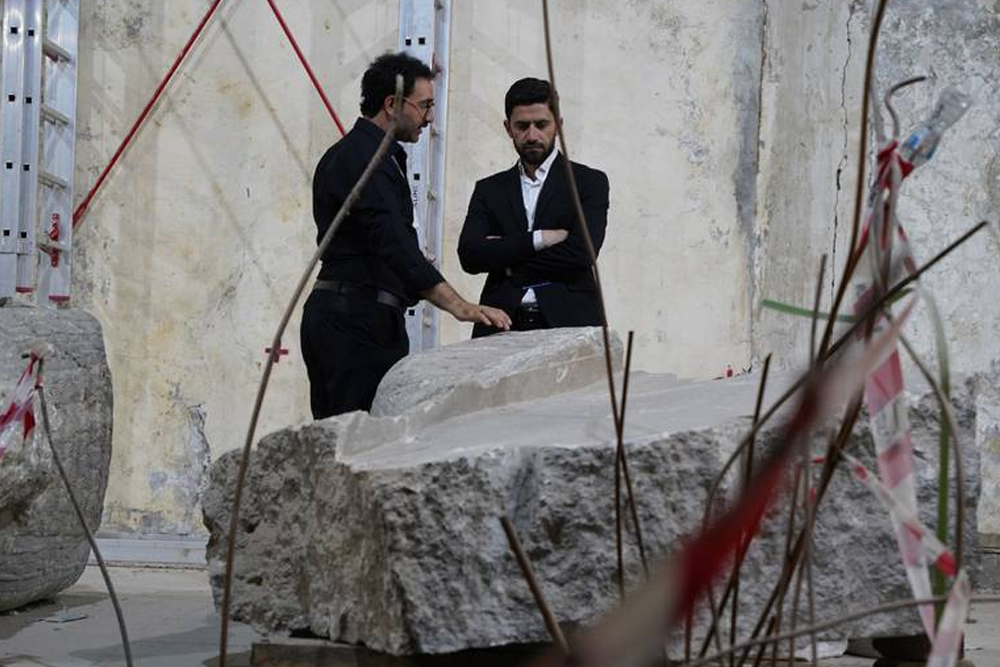
Since 2018, a coalition of international organizations has rallied to breathe life back into this cultural gem. Collaborators such as the Iraqi State Board of Antiquities and Heritage (SBAH), the Musée du Louvre, the Smithsonian Institution, the World Monuments Fund, and ALIPH, the International Alliance for the Protection of Heritage in Conflict Areas, have united to restore and rejuvenate the Mosul Cultural Museum. Their collective vision is to reopen the museum's doors by 2026.
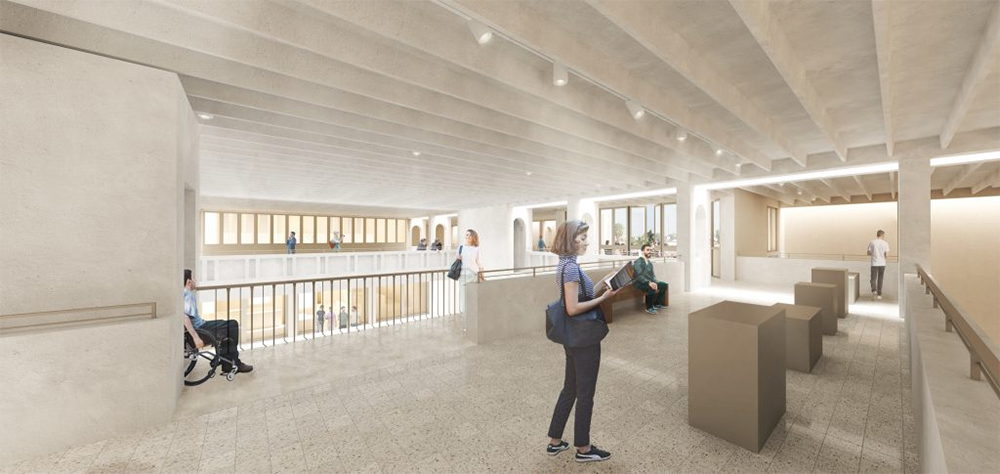
Alessandra Perruzzetto, the regional director for the Middle East and North Africa at the World Monuments Fund, shared that their efforts were closely aligned with the aspirations of the local community. It was paramount to them that the museum's reconstruction honor the past while building toward the future. The restoration aims to preserve the scars of the tragic attacks, allowing them to serve as poignant reminders for generations to come.
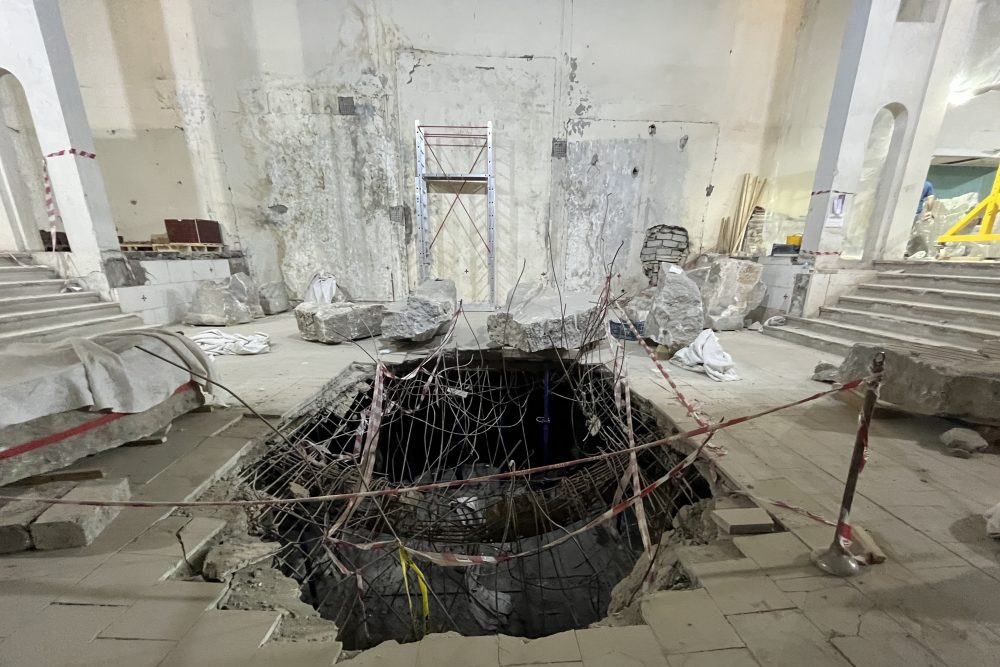
In a remarkable display of ingenuity, the redesign and reconstruction plans ingeniously balance preserving the museum's history with reinforcing its resilience against potential future damage. A striking example of this approach is the decision to retain a substantial crater, a haunting reminder of a bomb explosion that rocked the museum in 2015.
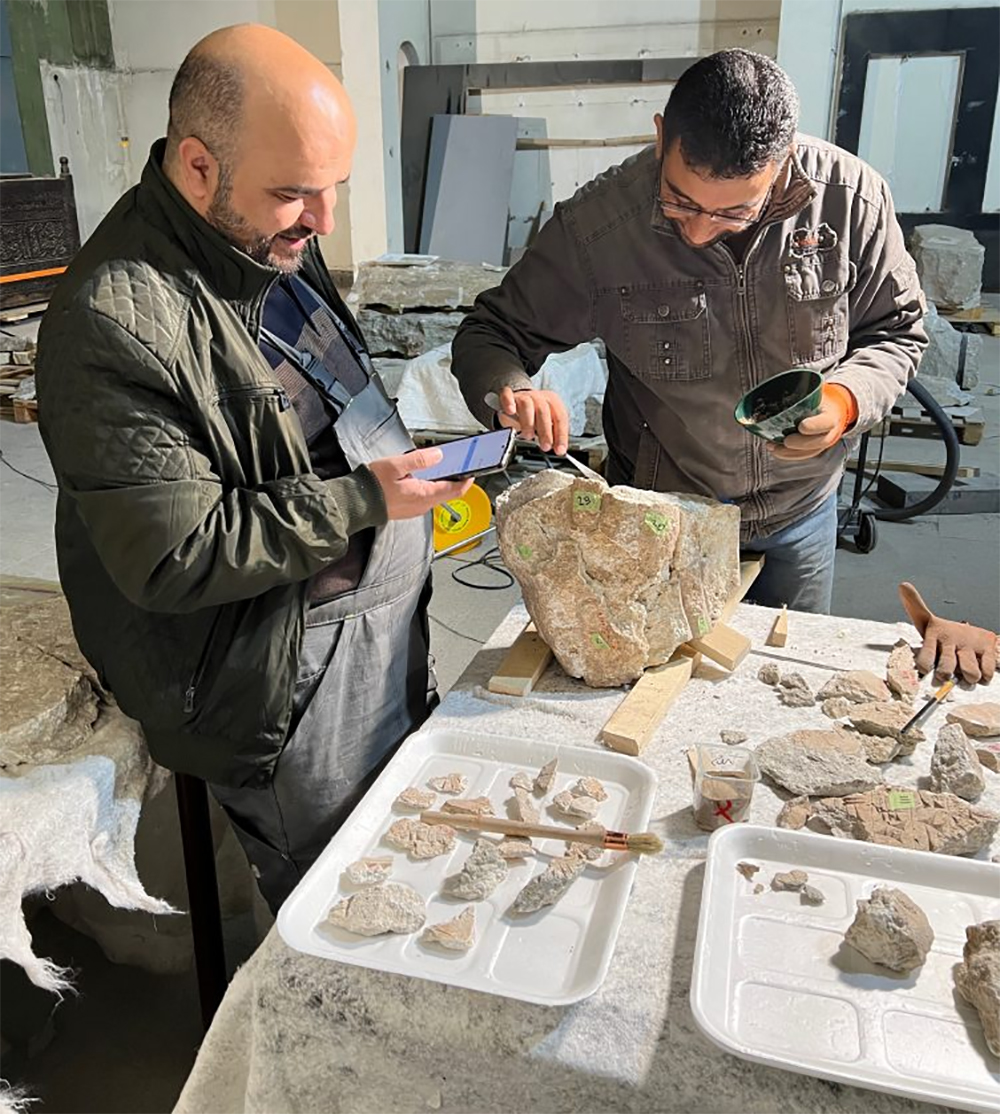
As the meticulous restoration efforts continue, the Mosul Cultural Museum emerges as a testament to the human spirit's unwavering dedication to preserving culture, heritage, and history. Amidst the shadows of destruction, a new dawn beckons – one that will breathe life back into the museum's halls and reignite the flame of artistic and historical significance for generations to come.

















